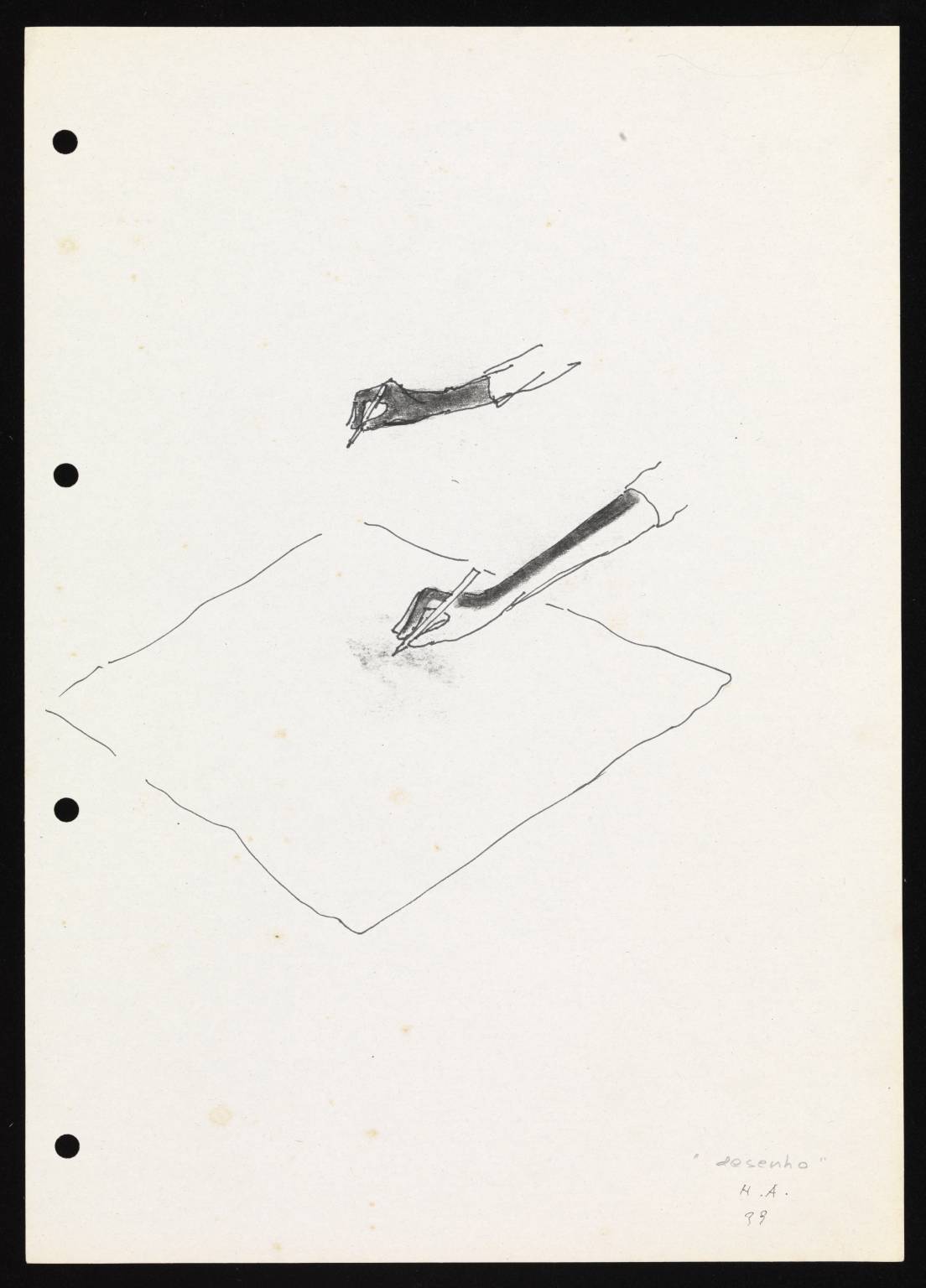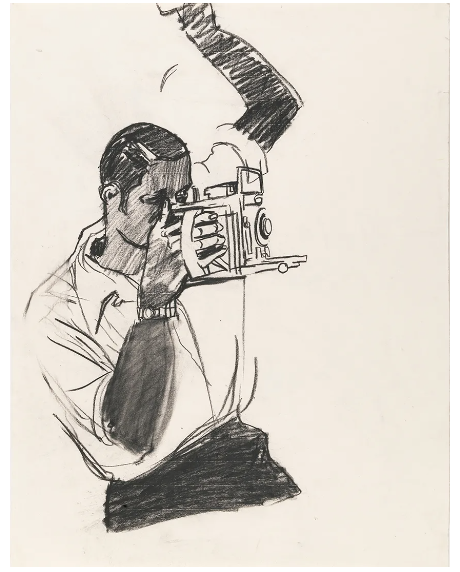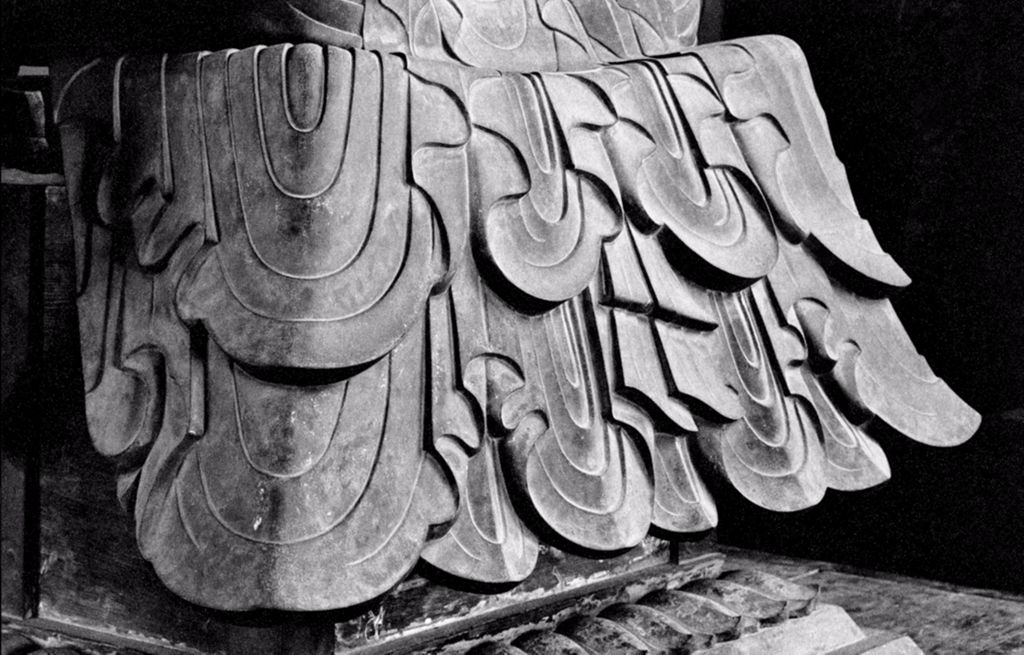- Instructor: Caroline Culp
- Instructor: Yvonne Elet
- Instructor: Elizabeth Lastra
- Instructor: Haohao Lu
- Instructor: Brian Lukacher
- Instructor: Molly Nesbit
- Instructor: Michael Norton
- Instructor: Luisa Valle
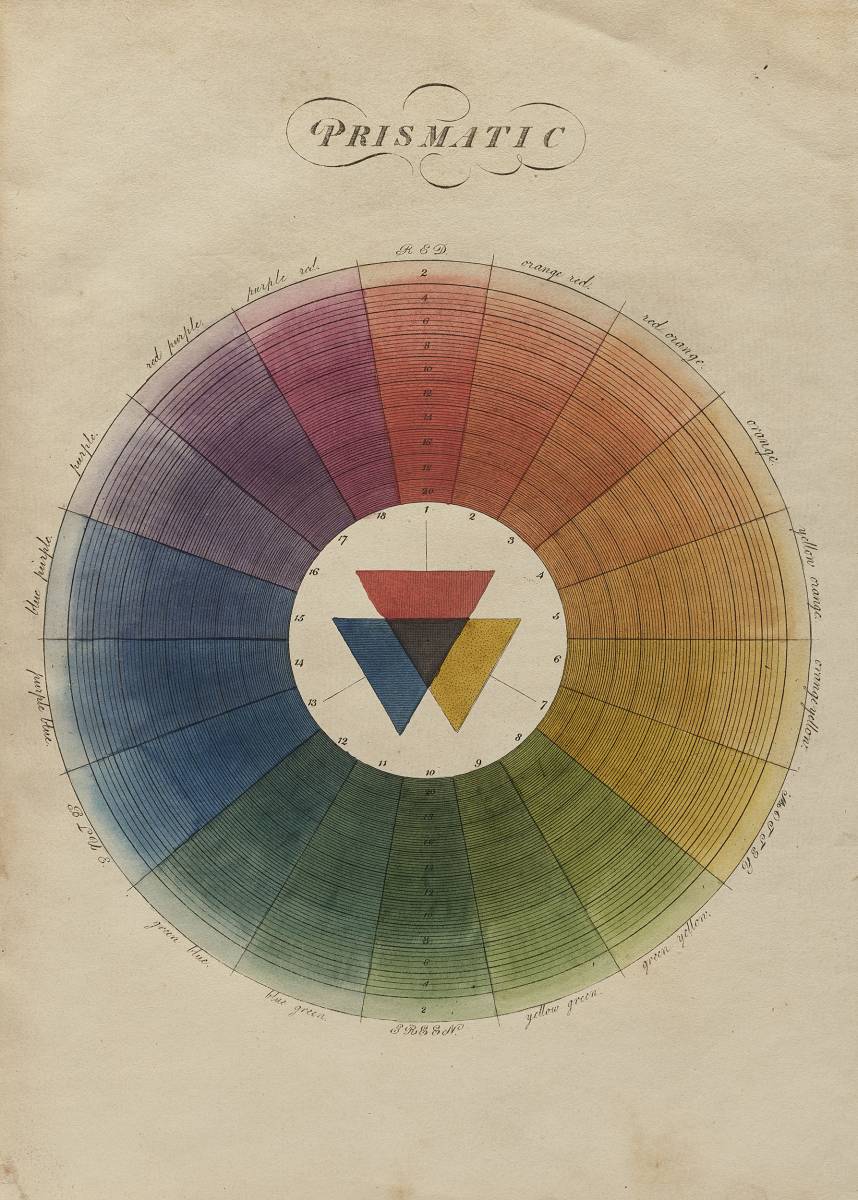
- Instructor: Padma Rajendran
- Instructor: Gina Ruggeri
- Instructor: Gordon Hall
- Instructor: Laura Newman
- Instructor: Tobias Armborst
- Instructor: John Hulsey
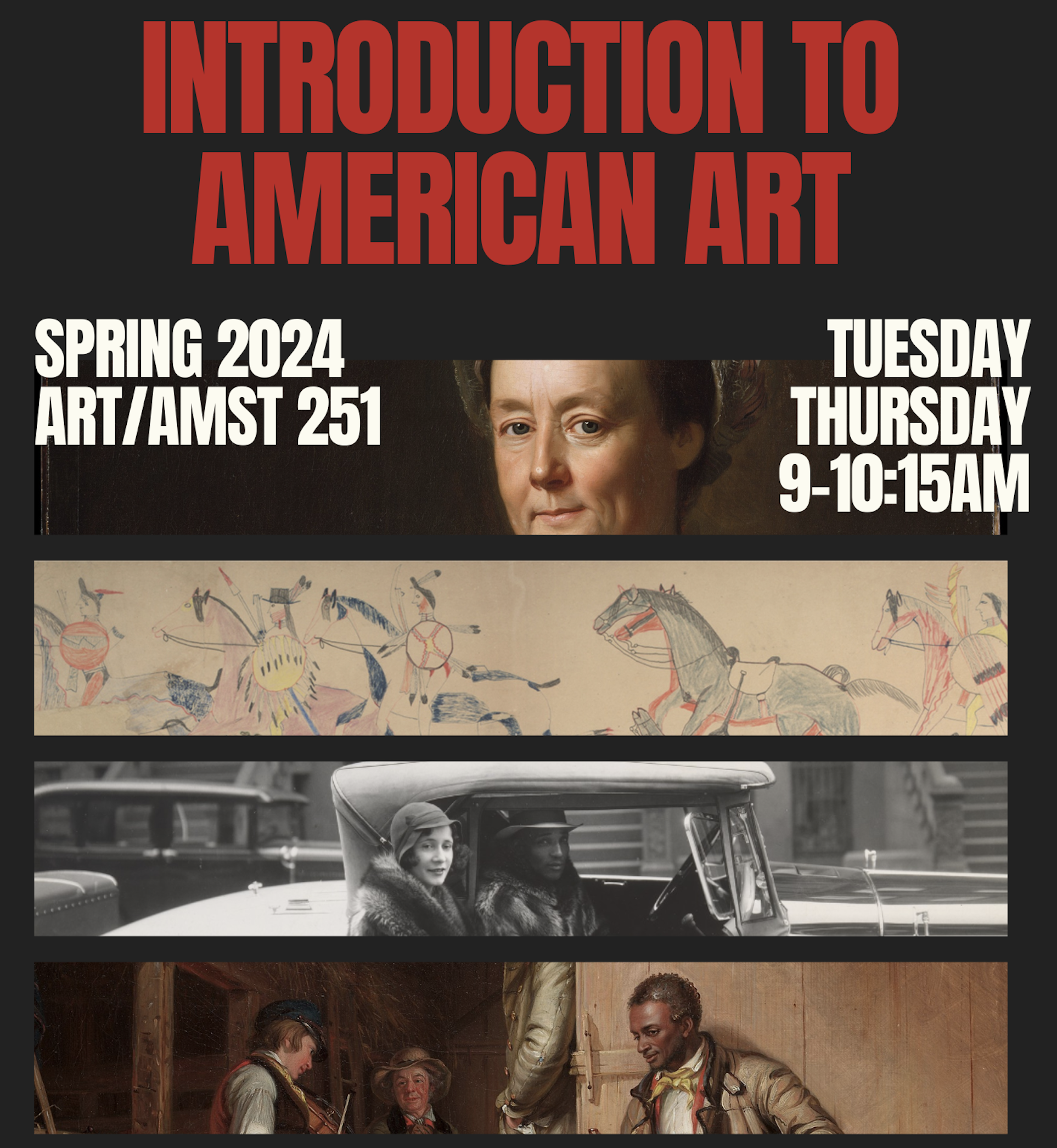
How can we encounter the histories of America in works of art? Why should we care about encountering them? This course will explore such questions by surveying some of the most compelling paintings, sculptures, photographs, prints, and decorative arts produced in the United States—from the first encounters between indigenous peoples of this continent to New York City’s Harlem Renaissance in the 1920s. Whenever possible, course meetings will be held at the Loeb Art Center. In class lectures and discussions, our goal will be to articulate together how works of art from the past shape and construct our sense of American history, and how art continues to matter today.
- Instructor: Caroline Culp
- Instructor: Molly Nesbit
- Instructor: Gina Ruggeri
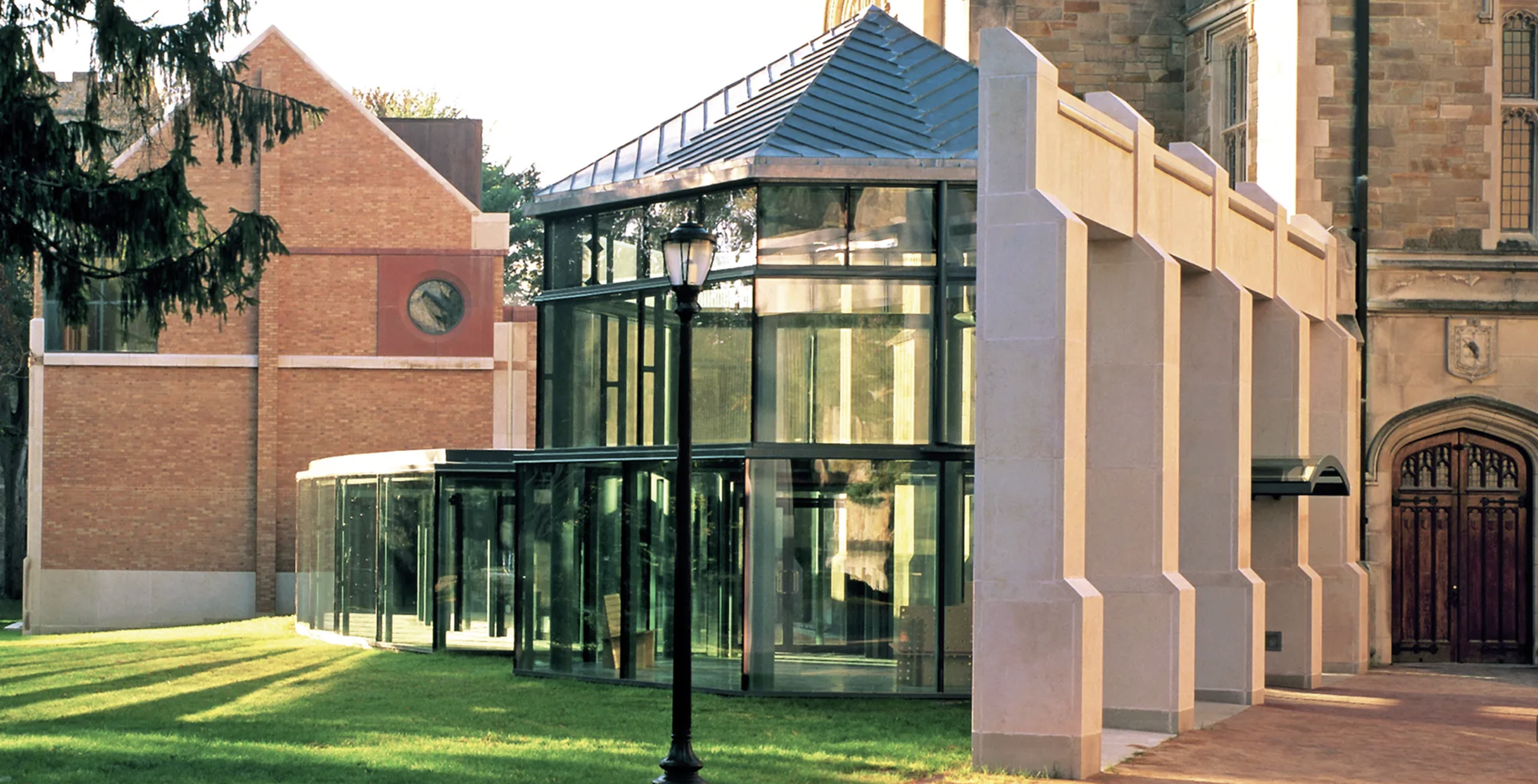
Seminar Description
From the time that the first public museums were established centuries ago, they have often been intended to be seen as works of art in themselves. In many instances, the function and purpose of these buildings have evolved, leading to renovation, reinvention, and even demolition. Through a set of case studies dating from the Renaissance to the present, the course examines different architectural settings and design strategies for museum buildings and displays. At the same time, we will also be exploring the cultural, social, intellectual, pedagogical, economic, and inspirational value of museums from different periods of time and across the globe. Throughout all of our investigations, the Frances Lehman Loeb Art Center will provide a concrete example of how long-established values and practices related to collections, audiences, and resources are currently being debated and reconsidered.
Seminar Objectives
Drawing on the experiences and perspectives of a number of museum professionals and other individuals, as well as readings and classroom discussions, the seminar will explore:
• the complex connections/tensions between collections, spaces, and audiences;
• the principles and guidelines for collections stewardship, acquisitions, and deaccessioning;
• the ethics of preservation, conservation, and restoration;
• the expansion of new educational opportunities and the introduction of different interpretative voices;
• the competing priorities of membership and fundraising, and their relationship to philanthropy and governance;
• the connections between memory and cultural and artistic expressions, ranging from public commissions to other works of art;
• the rise of technology and its relationship to the study and appreciation of original works of art.
From the time that the first public museums were established centuries ago, they have often been intended to be seen as works of art in themselves. In many instances, the function and purpose of these buildings have evolved, leading to renovation, reinvention, and even demolition. Through a set of case studies dating from the Renaissance to the present, the course examines different architectural settings and design strategies for museum buildings and displays. At the same time, we will also be exploring the cultural, social, intellectual, pedagogical, economic, and inspirational value of museums from different periods of time and across the globe. Throughout all of our investigations, the Frances Lehman Loeb Art Center will provide a concrete example of how long-established values and practices related to collections, audiences, and resources are currently being debated and reconsidered.
Seminar Objectives
Drawing on the experiences and perspectives of a number of museum professionals and other individuals, as well as readings and classroom discussions, the seminar will explore:
• the complex connections/tensions between collections, spaces, and audiences;
• the principles and guidelines for collections stewardship, acquisitions, and deaccessioning;
• the ethics of preservation, conservation, and restoration;
• the expansion of new educational opportunities and the introduction of different interpretative voices;
• the competing priorities of membership and fundraising, and their relationship to philanthropy and governance;
• the connections between memory and cultural and artistic expressions, ranging from public commissions to other works of art;
• the rise of technology and its relationship to the study and appreciation of original works of art.
- Instructor: Bart Thurber
- Instructor: John Hulsey
Vital recent examples of creative activism sited in the U.S.–particularly by artists of color–ask us to honestly reckon with the past, understand our present, and envision new futures. In this shared interdisciplinary seminar, we immerse ourselves in some of these essential artistic pursuits, studying the forms they take, the languages they use, and the critical interventions they make. Centering catalytic social works that create and hold space for brave reckoning and imagining anew, we ultimately ask: What is art capable of?
- Instructor: Lisa Collins
